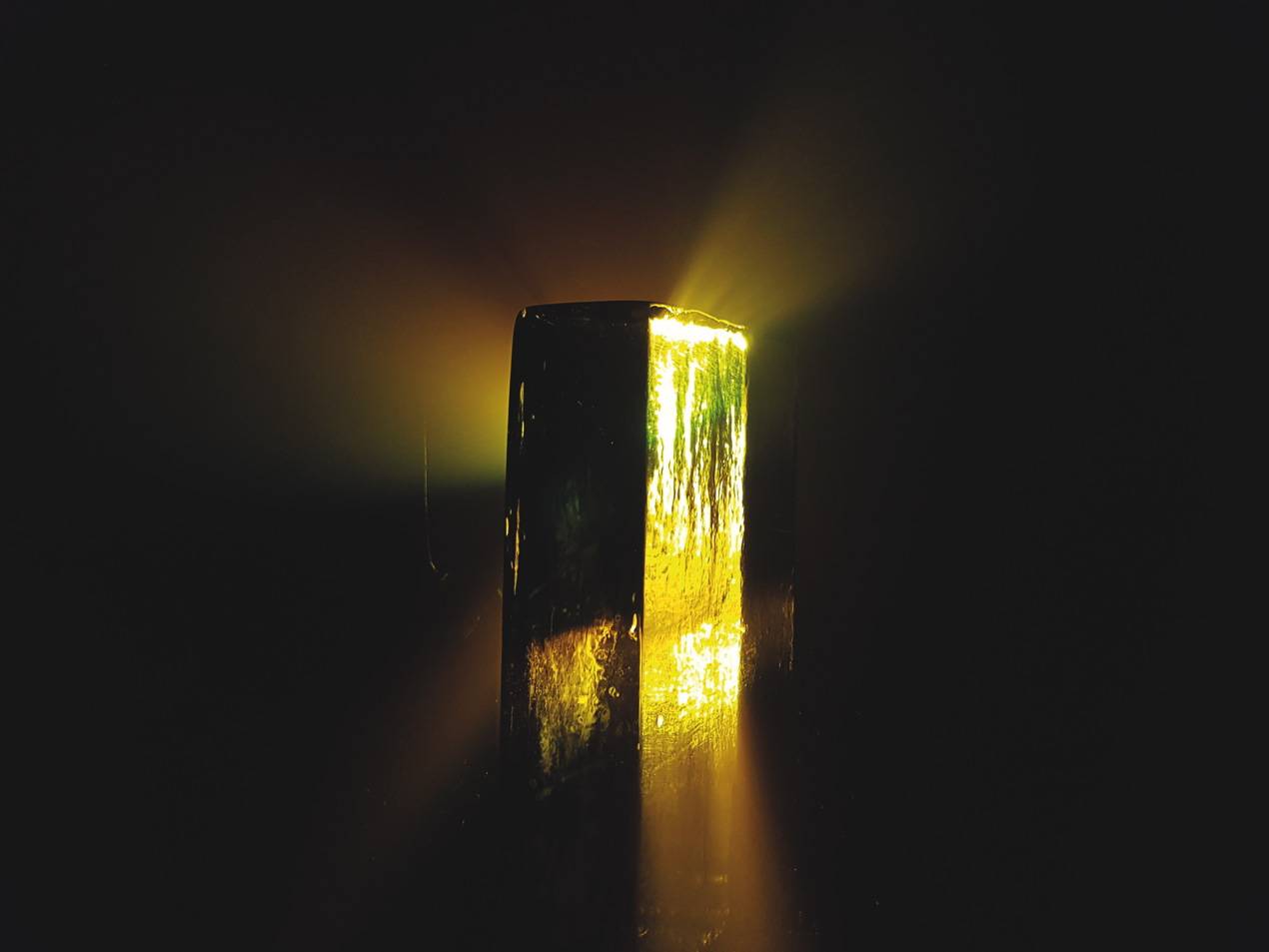Preview: Aurora
Toxteth reservoir, now disused, has been given new life as the location of an installation raising questions about water as a resource and natural force
What better place to have a conversation about water than an empty reservoir? But it’s not voices you’ll hear at Aurora, an (almost literally) immersive art experience at Toxteth Reservoir in Liverpool. It’s the amplified drip, drip of a melting glacier, the satisfying slosh and slap of shallow pools and puddles, the familiar sibilance of a steady northern downpour and the fearsome roar of a monsoon.
Sound and light combine in Aurora, a creative response to the atmospheric disused reservoir by Invisible Flock, an interactive arts studio based in Leeds. Audiences are prompted to feel the sensuous effects of water but also to think about how we use and abuse this powerful and mysterious natural force.
Water itself is used sparingly, so while you feel, see, hear, smell and sense it all around you, it’s mostly suggested by the magical and eerie soundscape that resounds around this huge Victorian cistern that once held 200 million gallons of water within its eight-foot thick sandstone walls and brick vaulted roof.
A shallow pool suggests the presence of a much larger body of water, and audiences walk around the edges on slightly submerged platforms (wellies or sturdy shoes are advised).
The building of the reservoir saved lives in Liverpool with its supply of fresh drinking water at a time of population expansion amid the densely-packed streets and insanitary court housing of Toxteth.
“We want to give people a sense of how the reservoir might have been when it was in use,” says creative producer Catherine Baxendale. “But Aurora’s wider purpose is to make audiences think about water not just as a utility, but also how it works as a scarce resource in societies around the world. From Iceland to Indonesia, water is a mysterious and precious commodity with almost spiritual power that we in the west often now take for granted.”
Invisible Flock has worked with international artists from these and other countries as well as local schools to create a 40-minute experience that replicates a cycle of melt, monsoon and freeze. In what has been the hottest and driest summer for decades, this thoughtful and timely artwork feeds into the global conversation about environmental issues and climate change.
Glaciers are suggested by 42 ice sculptures hanging like lampshades over coloured lights. These move up and down and as the ice melts the refracted light throws luminous bands of colour around the chamber, reminiscent of the flickering and undulating lights of the aurora borealis. Each ice sculpture is unique and creates unique effects because each melts at a different rate.
These beautiful climatic images bounce off the cast iron columns and move spectrally through the cloister-like brick archways around the reservoir’s interior.
“We want to capture the feeling of how dangerous and scary water can be in certain contexts, but also that sense of wonder we have maybe lost, and to encourage an appreciation of how we are still connected to it despite that,” says Baxendale.
“We want them to feel that rush of adrenaline and awe that you’d get on the top of a cliff, or peering over a volcano and if for a little time they feel they have reconnected or connected in a different way with water, we will have achieved our aims with Aurora.”

Leave a reply
Your email address will not be published.